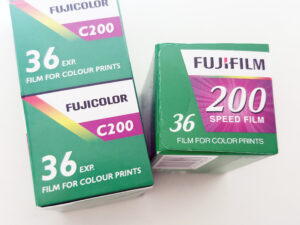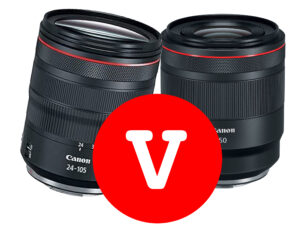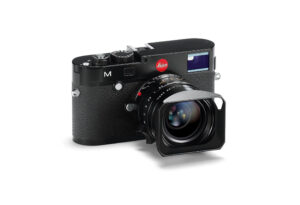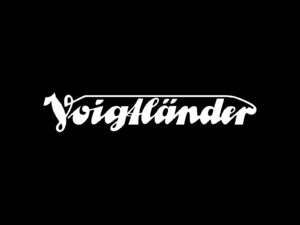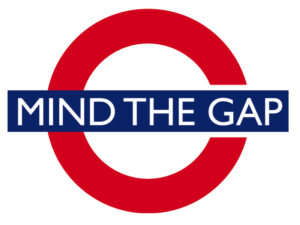In an era where digital manipulation and misinformation are rampant, maintaining the authenticity of content has become a growing concern. Enter the Content Authenticity Initiative (CAI)—a groundbreaking effort launched by Adobe, in collaboration with The New York Times, Leica, and other notable organizations. Announced in late 2019, the CAI’s mission is to create a universal standard for digital content attribution, ensuring transparency and trust in a digital world where deepfakes and altered content are becoming increasingly common.
With the recent release of the Leica M11-P, this initiative takes a significant step forward by incorporating content verification directly into the camera itself. Let’s explore how this revolutionary technology works and what it means for photographers and digital creators.

What is the Content Authenticity Initiative (CAI)?
The Content Authenticity Initiative aims to create a system that verifies the origin and editing history of digital content. This verification process, called Content Credentials, ensures that images, videos, and other digital content have not been manipulated or altered without traceable documentation. The CAI is designed to combat misinformation, especially in the age of fake news, doctored media, and synthetic content such as deepfakes.
At its core, the CAI seeks to provide transparency in the digital creative process. By embedding metadata—such as who created the content, when and where it was made, and any edits that have occurred—into the file itself, the CAI creates a chain of trust from capture to publication. This metadata is verifiable by external platforms, ensuring the content remains authentic.
How Does the Leica M11-P Incorporate CAI Technology?
The Leica M11-P is the first Leica camera to integrate CAI technology, making it a pioneering device in the world of verified content creation. With its secure chipset, the M11-P encrypts key metadata at the point of capture, ensuring that the image’s origin and editing history can be traced and verified. Here’s how it works:

Secure Chipset Integration
The M11-P features a secure chipset that encrypts specific data using a C2PA (Coalition for Content Provenance and Authenticity)-approved algorithm. This ensures the integrity of the data at the moment of capture. The secure chipset is exclusive to the M11-P, making it a unique feature in the Leica camera lineup.
Activating Content Credentials
Users need to activate the Content Credentials function within the camera’s settings. Once activated, the camera will sign each image with a unique CAI signature that includes:
- Signed by Leica Camera AG: Verifies the image was captured using an authentic Leica device.
- Produced by [User’s Entered Information]: The user can enter their own details, which are then attached to the image.
- Produced with Leica M11-P: Confirms the specific camera model used to capture the image.
- EXIF Data: Technical data about the image (e.g., exposure settings), except for date and time to protect user privacy.
Verifying Content Credentials
Once the image is captured, its Content Credentials are verifiable through platforms like the Content Credentials Verify page. Users can upload an image and see a detailed history of how it was created and edited. This transparency ensures that the image remains authentic and unaltered. Additionally, certain websites display a verification icon indicating that the image has valid CAI credentials, giving viewers confidence that the content is genuine.
File Formats
The CAI data is stored with DNG and JPG images, making it versatile for photographers who prefer shooting in RAW or JPEG formats. This data remains intact and verifiable even as the image moves through various stages of editing and publication.
Adobe’s Role in the CAI: Integration with Creative Cloud
As a major driver behind the CAI, Adobe has integrated Content Credentials into its Creative Cloud suite, particularly in Photoshop. When a user opens a signed image in Photoshop, they can view the embedded CAI data and make edits while maintaining the chain of attribution. Any changes made to the image are documented, and when the user saves the file, the edited version retains the Content Credentials history from capture to export.
This feature ensures that even after an image has been edited, its origin and modifications can be tracked, providing transparency for viewers and preventing misinformation. Adobe’s beta support for CAI is a significant step toward widespread adoption of content verification standards.
Why is the CAI Important for Photographers?
For photographers, especially those in photojournalism, documentary work, or any field where image authenticity is paramount, the CAI offers an invaluable tool. By ensuring that an image’s provenance is traceable, photographers can protect their work from being misrepresented or manipulated. The CAI also fosters trust with viewers, enabling them to verify the authenticity of the content they are consuming.
In a world where digital manipulation is becoming increasingly sophisticated, the CAI helps preserve the integrity of visual storytelling. With the Leica M11-P, photographers can now easily integrate this technology into their workflow, ensuring that their content remains authentic and transparent from capture to publication.
The Future of Content Attribution
The introduction of the CAI in cameras like the Leica M11-P marks a pivotal moment in the world of digital content creation. As more cameras and editing software adopt Content Credentials, the ability to verify the authenticity of images and other digital content will become increasingly widespread.
For now, the Leica M11-P offers a glimpse into the future of verified content creation, where transparency and trust are embedded into the fabric of digital media. The partnership between Leica, Adobe, and other CAI collaborators shows a shared commitment to combating misinformation and ensuring the authenticity of digital content—a mission that’s more important now than ever.













